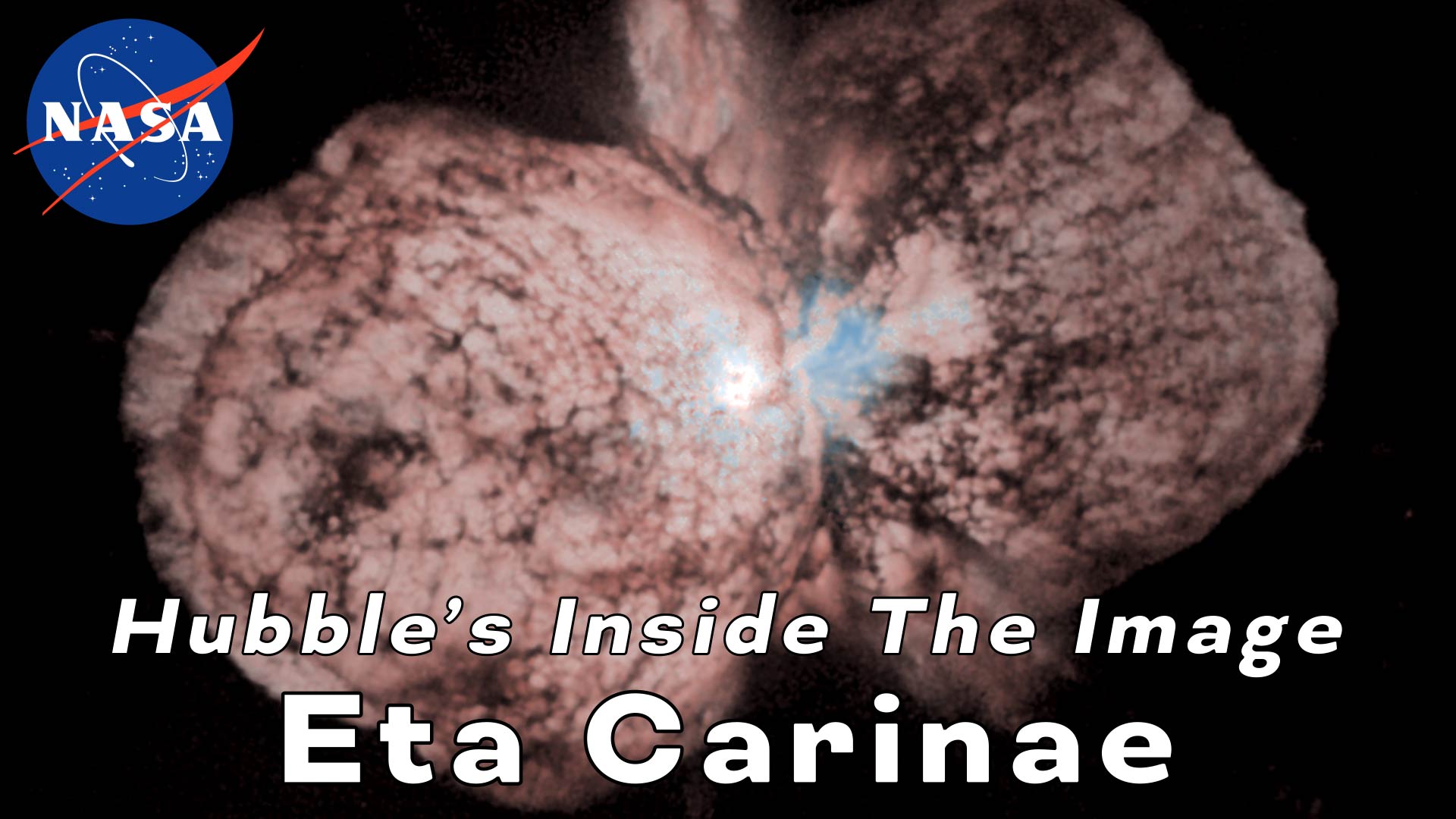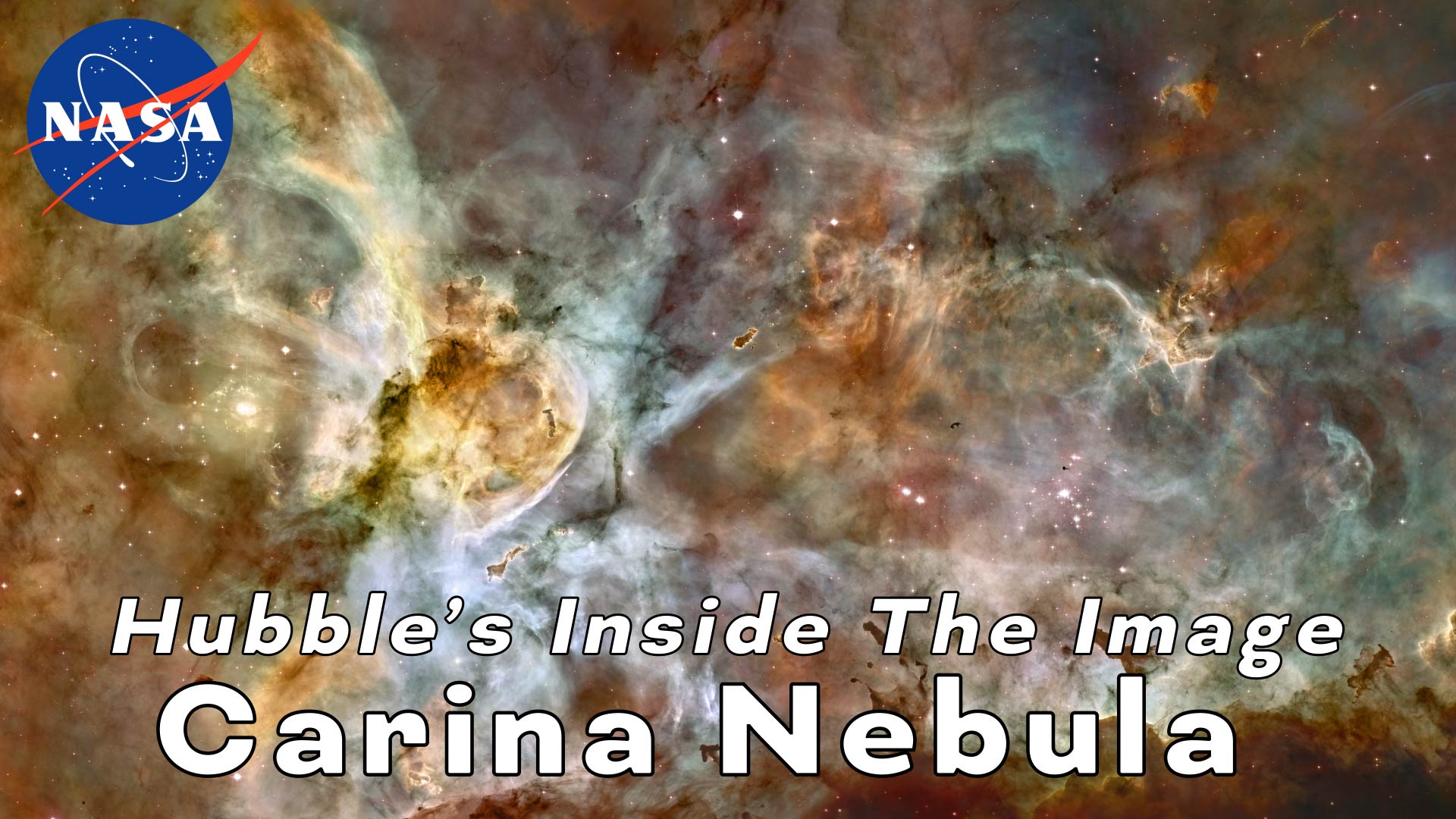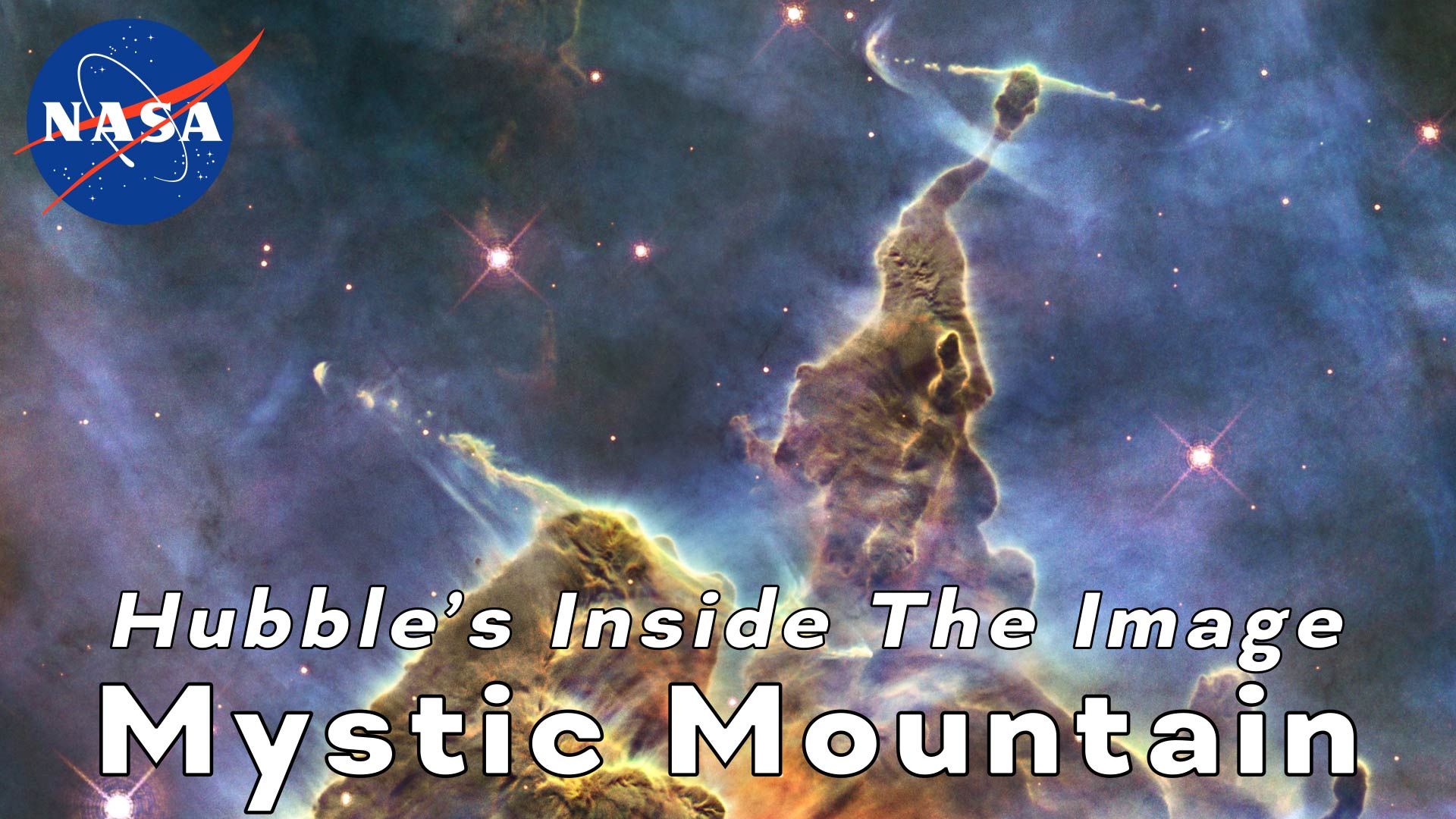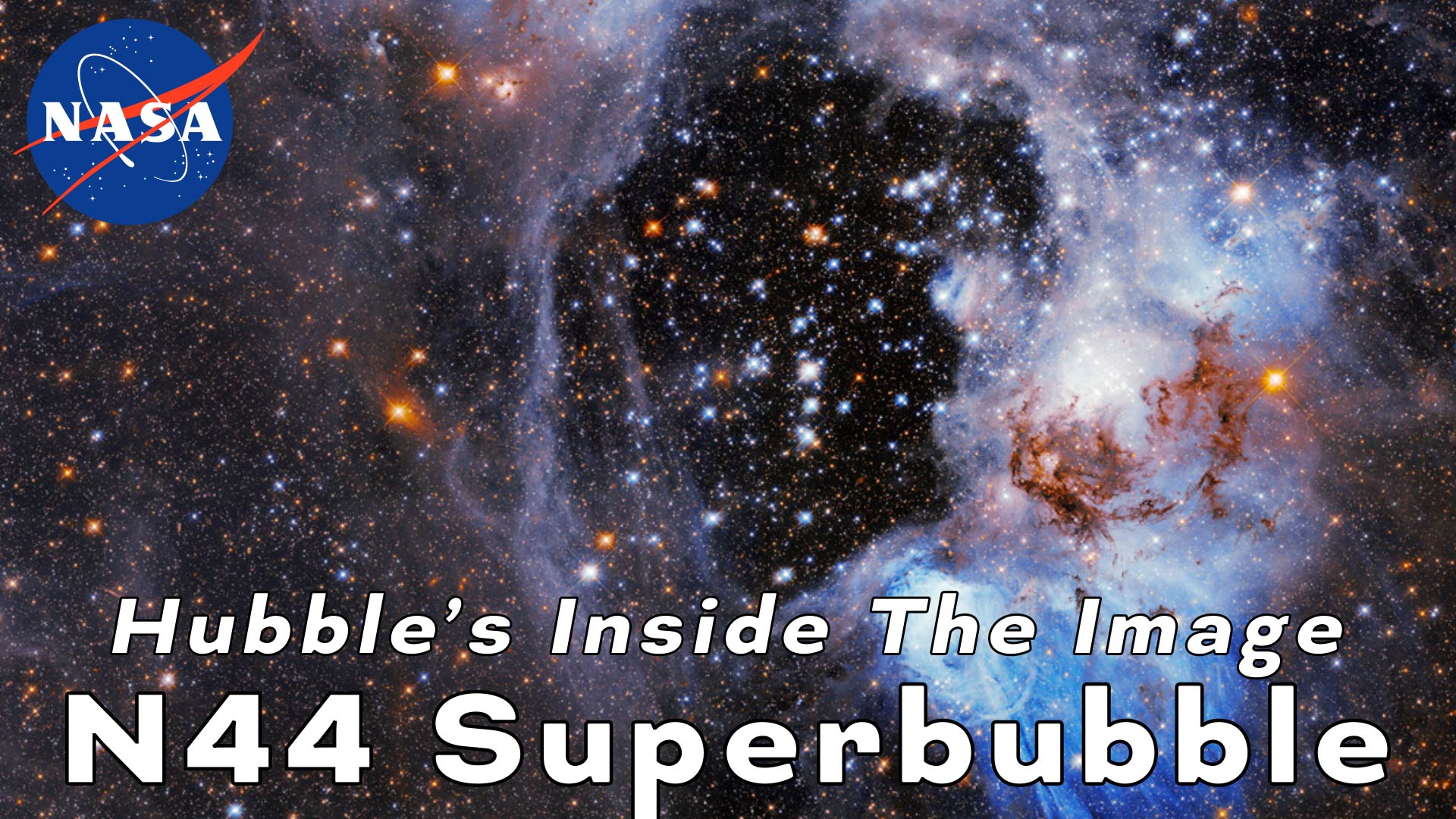Hubble’s Inside The Image: V838 Mon
The Hubble Space Telescope has taken over 1.5 million observations over the years. One of them is the breathtaking image sequence of V838 Monocerotis (V838 Mon).
Called a light echo, the expanding illumination of interstellar dust around the star has been revealing remarkable structures in the dusty cloud ever since the star suddenly brightened in January 2002. V838 Mon temporarily became 600,000 times brighter than our Sun, until it faded in April 2002. It was one of the brightest stars in the entire Milky Way. The reason for the eruption is still unclear.
In this video, Dr. Padi Boyd explains this fascinating piece of history, teaching us some of the interesting science behind this famous Hubble image.
For more information, visit https://nasa.gov/hubble.
Credit: NASA's Goddard Space Flight Center
Producer & Director: James Leigh
Editor: Lucy Lund
Director of Photography: James Ball
Additional Editing & Photography: Matthew Duncan
Executive Producers: James Leigh & Matthew Duncan
Production & Post: Origin Films
Video Credit:
Hubble Space Telescope Animation
Credit: ESA/Hubble (M. Kornmesser & L. L. Christensen), A. Fujii, Robert Gendler, Digitized Sky Survey 2, Panther Observatory, Steve Cannistra, Michael Pierce, Robert Berrington (Indiana University), Nigel Sharp, Mark Hanna (NOAO)/WIYN/NSF
Music Credit:
"Transcode" by Lee Groves [PRS], and Peter George Marett [PRS] via Universal Production Music
“Moving Headlines” by Immersive Music (Via Shutterstock Music)
Master Version
Horizontal version. This is for use on any YouTube or non-YouTube platform where you want to display the video horizontally.
Vertical Version
This vertical version of the episode is for IGTV or Snapchat. The IGTV episode can be pulled into Instagram Stories and the regular Instagram feed.
Credits
Please give credit for this item to:
NASA's Goddard Space Flight Center. However, please credit individual items as indicated above.
-
Producer
- James Leigh (Origin Films)
-
Support
- Paul Morris (KBR Wyle Services, LLC)
-
Technical support
- Aaron E. Lepsch (ADNET Systems, Inc.)
Release date
This page was originally published on Friday, March 3, 2023.
This page was last updated on Wednesday, May 3, 2023 at 11:43 AM EDT.



